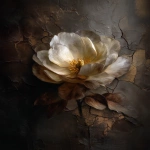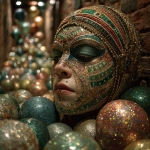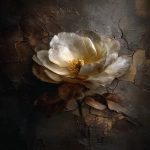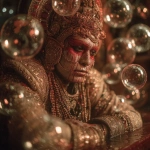Explore the Best AI Image Gallery
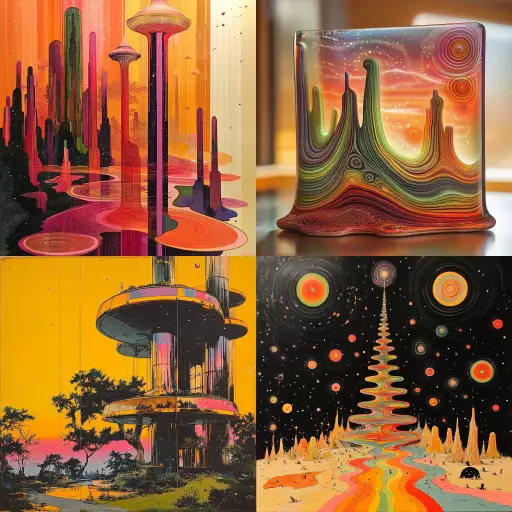
Beyond the Brush: How AI-Powered Visual Experiences are Transforming Creativity
The creative landscape is undergoing a dramatic transformation, fueled by the emergence of artificial intelligence (AI). No longer confined to the realms of science fiction, AI is now weaving its magic into the fabric of artistic expression, giving rise to a new era of AI-powered visual experiences. From generating breathtaking artwork to revolutionizing design processes, AI is reshaping how we create, consume, and interact with art.
A Canvas Unleashed: Exploring AIs Artistic Prowess
One of the most captivating aspects of AI in visual arts is its ability to generate original and often surreal artwork. Algorithms trained on vast datasets of images can learn artistic styles, patterns, and composition techniques, enabling them to produce pieces that are both technically proficient and conceptually intriguing.
Tools like DALL-E 2, Midjourney, and Stable Diffusion have taken the art world by storm, allowing users to input text prompts and receive AI-generated images that match their descriptions with astonishing accuracy. This opens up a realm of possibilities for artists to explore new ideas, experiment with different styles, and collaborate with AI as a creative partner.
Beyond Brushstrokes: Applications Across Creative Industries
The impact of AI extends far beyond traditional fine art. Its influence is being felt across a wide spectrum of creative industries:
- Design: AI can assist designers in creating logos, branding materials, website layouts, and even product prototypes.
- Advertising: AI-powered tools can generate personalized ads, analyze consumer trends, and create compelling visuals that resonate with target audiences.
- Filmmaking: From generating storyboards to creating realistic special effects, AI is streamlining the filmmaking process and pushing the boundaries of visual storytelling.
- Gaming: AI can develop non-player characters (NPCs) with realistic behaviors, generate immersive game environments, and create procedurally generated content, enhancing player experiences.
Navigating the Ethical Landscape
While the potential of AI in visual experiences is immense, it also raises important ethical considerations:
- Copyright and Ownership: When an AI generates artwork, who owns the copyright? This legal gray area requires careful consideration and regulation.
- Bias and Representation: AI algorithms are trained on existing data, which may contain biases that reflect societal stereotypes. Its crucial to ensure that AI-generated content is inclusive and representative of diverse perspectives.
- Job Displacement: The automation potential of AI raises concerns about job losses in creative fields. Its essential to explore strategies for reskilling and adapting to the changing job market.
The Future of Creative Vision
As AI technology continues to evolve, we can expect even more groundbreaking applications in visual experiences. Here are some potential future trends:
- Immersive and Interactive Art: AI will enable the creation of truly immersive art experiences that respond to viewers actions and emotions.
- Personalized Creative Tools: AI-powered tools will become more accessible and adaptable, allowing individuals with varying skill levels to express their creativity.
- AI as a Collaborative Partner: Artists and designers will increasingly leverage AI as a creative collaborator, augmenting their own skills and exploring new possibilities.
The convergence of AI and creativity is ushering in a new era of artistic expression. By embracing the possibilities while navigating the ethical challenges, we can unlock the transformative power of AI-driven visual experiences and shape a future where technology and human imagination converge to create breathtaking works of art.
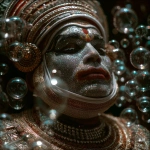
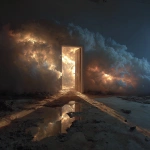
](https://images.ai-img.art/thumbnails/150/8d1fe5a7a49cfc96747182431a853357913286d89258383caab2d3b4681afcb5.webp)
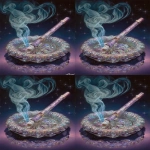
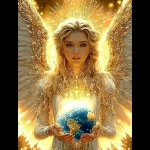

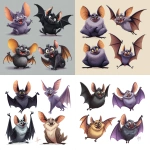

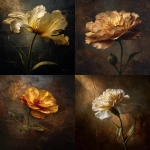

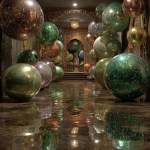


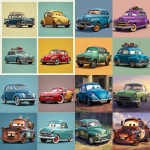
](https://images.ai-img.art/thumbnails/150/269414b0e541026702e9e67c67602c96162f37ff460a388b3b36314c8fc936dd.webp)


](https://images.ai-img.art/thumbnails/150/5197af8969d850e2a43e141d41e482ccbceedebceb2a4caf9f098f943f9d1b0f.webp)
](https://images.ai-img.art/thumbnails/150/485c8b1c747827bdc9a962f8a1919b3c259b18dd263b260208a1eae19fb85e07.webp)
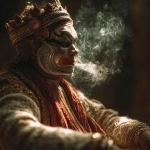
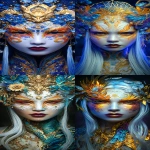
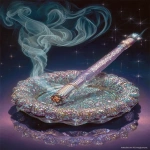
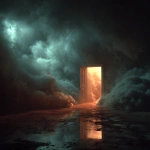

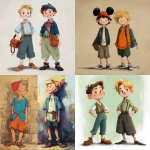
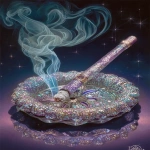
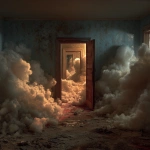
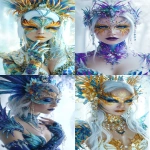
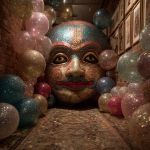

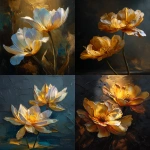



](https://images.ai-img.art/thumbnails/150/2fbd98ecfc425cfc1597779121e1c0305437067779e9c471eb64ff9615d5be98.webp)
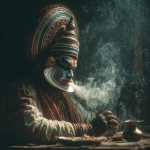
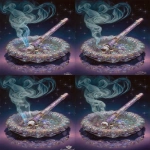


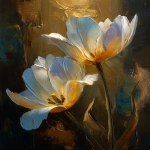
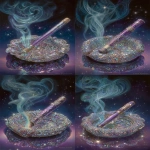
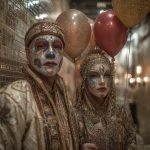
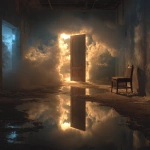
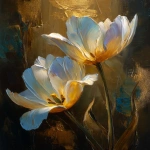
](https://images.ai-img.art/thumbnails/150/3020b8c2b6d9be07e042357107af1de10deb274a41d2b0f332684ad4b532a702.webp)
